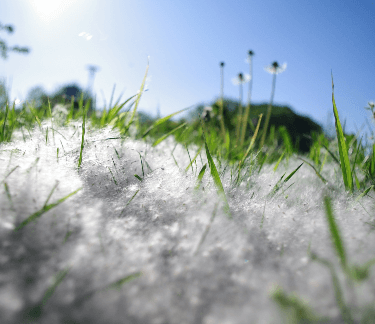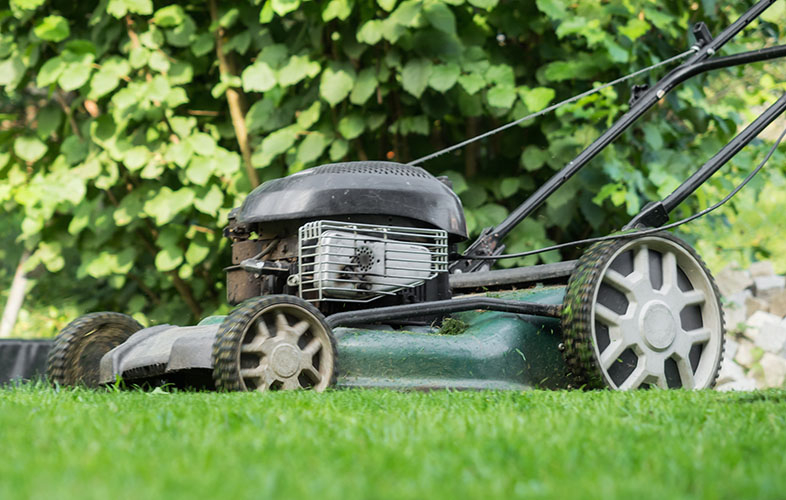Suffering from grass and plant allergies? Then read these tips on how to help reduce pollens in your plants, trees, grass and shrubs in your yard.
The start of spring may be a bit soon to start thinking about allergens in yard grass, but the hazards are real for many people. Nasal allergies affect about 50 million Americans, per the Asthma and Allergy Foundation of America.

The chief culprit in seasonal allergies is pollen from trees, grasses and weeds. Every year, during the spring, summer and fall months, plants around the home and garden trigger the onslaught of what’s commonly known as “hay fever.” (The proper medical term is “rhinitis,” which means inflammation of the nose.)
Different tree types, like oak, birch and cedar, can also set off allergic symptoms in people. Spring is especially difficult, as that’s the time when trees start to bloom after the winter. If the trees on your property are sparking your allergies, look to consult with a TruGreen specialist for tree and shrub services to care for your home’s surroundings.
If you’re one of these seasonal grass allergy sufferers, don’t despair. There are ways to prevent your beautiful green lawn from becoming a hindrance to your health and well-being. If you love your lawn, but find it hard to be around grass, plants and trees, here are some ways you can work with your lawn care service provider to counterbalance the allergy attacks.
5 Tips for Allergy-Proofing Your Lawn
- Use fertilizer to eliminate weeds from your grass. A consistent lawn fertilizer program with TruGreen can rid your lawn of bluegrass, dandelions, nettle and other allergy-producing weeds. When your weeds are eliminated, your grass can grow in a much healthier manner.
- Keep your lawn short: When you mow, cut grass to a height between 1½ - 2 inches. Trimming the tops of grass stems to this height will inhibit the pollen spread.
- Plant low-allergy plants: To ensure an allergy-friendly garden, grow low-pollen or no-pollen plants like hydrangeas, tulips, pansies, and ferns.
- Stay indoors on windy spring days: Pollen loves a good breeze, and being out in your yard on a windy day will only exacerbate your seasonal allergies.
- Replace your lawn with low-allergy grasses: If your allergies are unbearable, you might consider replacing your entire lawn with low-allergy grasses. Bermuda grass hybrids, Buffalo grass and St. Augustine grass are some options to consider.
Pollen can be a scourge, from your grass to your trees and shrubs. If you need to reduce allergy-producing pollens from your grass and lawn areas, TruGreen can help. Bit 'Buy Online' at the top of this page to learn how to start your lawn care program with TruGreen.













